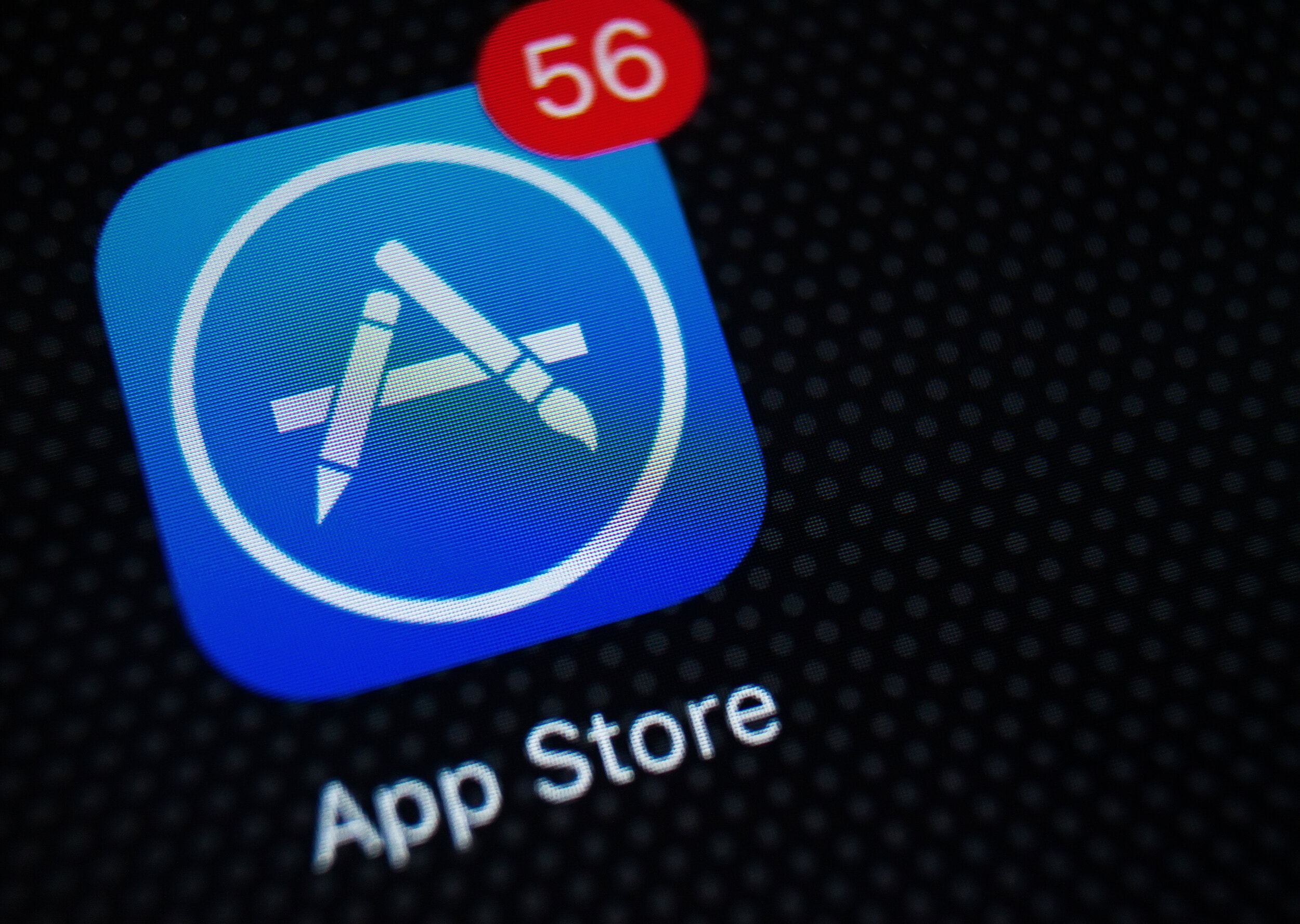On September 20th, 2015, the Apple App Store experienced the largest attack ever on its apps. An infected software was used in the creation of 50 apps, which resulted in a widespread phishing attack that impacted millions. Given Apple is viewed as a technological guru by many, this major attack has signaled panic throughout the digital world, making many wonder what can be done to ensure this doesn’t happen again. Fortunately, this hacking attack could have easily been prevented, and app developers have it within their means to ensure they don’t repeat the same mistakes.
iPhones are used by 25 percent of mobile phone users, meaning a single attack could impact millions globally.
How Did the Apple App Store Get Hacked?
App developers in China were cutting corners on their app development in hopes of saving some time. The developers were searching for a specific software for their app. According to MacRumors, rather than downloading the software from the Apple Store, as standard protocol dictates, they opted to save a few minutes by downloading it from a Chinese Network instead.
This proved to be a fatal error because the Chinese software was actually counterfeit and had been created by hackers to the gather personal information of users. They used the software to develop 50 new apps, each of which was released to the public. Due to the infected software, the apps could send personal information of the users directly to the hackers in China. While Apple has since taken steps to mitigate the disaster, the ramifications of the attack were tremendous. According to Arsene and Palo Alto Networks, the attack potentially affected hundreds of millions of people.
How Can App Developers Eliminate Hacking Risks?
Hacking is never ideal, but when it comes to apps, there is even more at risk. When an app has been hacked, it compromises the personal information of all of its users, and the same app is often downloaded by countless people across the globe. This can rapidly create a problem of catastrophic proportions, creating a mass hacking attack that impacts millions of people simultaneously. App developers need to ensure the highest level of security and oversight possible to prevent future hacking attempts and keep the personal information of users confidential.
More oversight and stronger network security could have prevented Apple’s App Store attack.
Three takeaway lessons to consider include:
1. Always download software from trusted sites. Hackers create malicious counterfeit software and pass it off as the original, so downloading software from unknown origins could increase your vulnerability to attack.
2. Provide meticulous training and oversight of all app developers. Apple’s situation could have been avoided had someone been overseeing the development of the apps. Instead, the developers were left to their own accord and decided to take a fatal shortcut.
3. Be wary of phishing attempts. Hackers often send out fake alerts intended to phish information from the user. If you’re randomly prompted to provide personal information or alerted that you’ve suddenly fallen victim to a virus, it’s likely a malicious phishing attempt.
The most critical concern among app developers regards the security of the app. When an app is hacked, it not only compromises the sensitive information of its users, it subsequently puts the developers at risk of litigation. However, while Apple’s App Store attack may seem daunting, it was the result of a single error that could have easily been avoided. Provided app developers utilize only authentic and professional software and remain aware of malicious phishing, they can create apps that are safe and secure for the public. To build secure and innovative apps from a trusted service, contact us today.
Share this
Subscribe To Our Blog
You May Also Like
These Related Stories

Apple App Store Approval Process Explained 2024

What is Apple doing for 30% of your proceeds…





